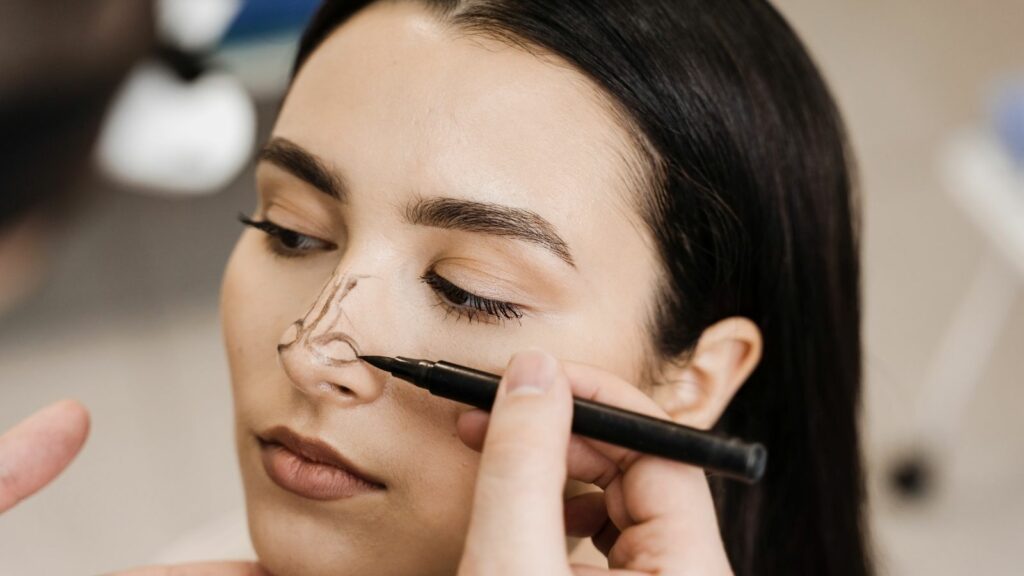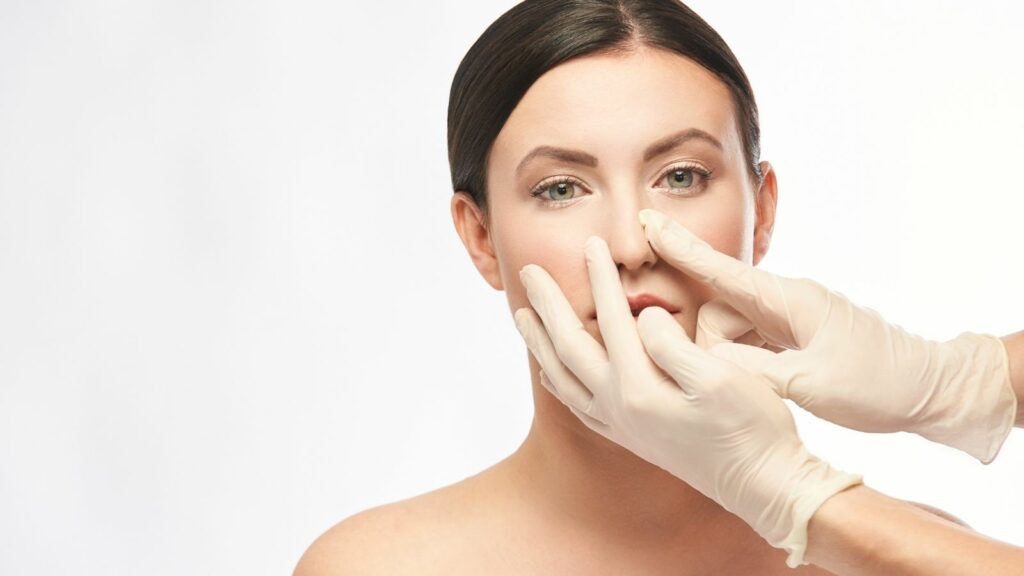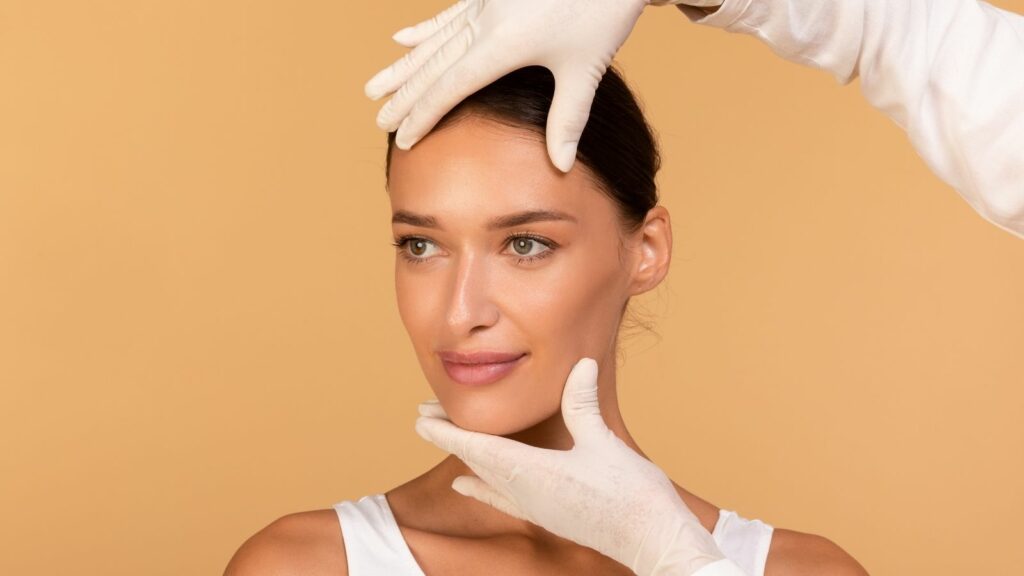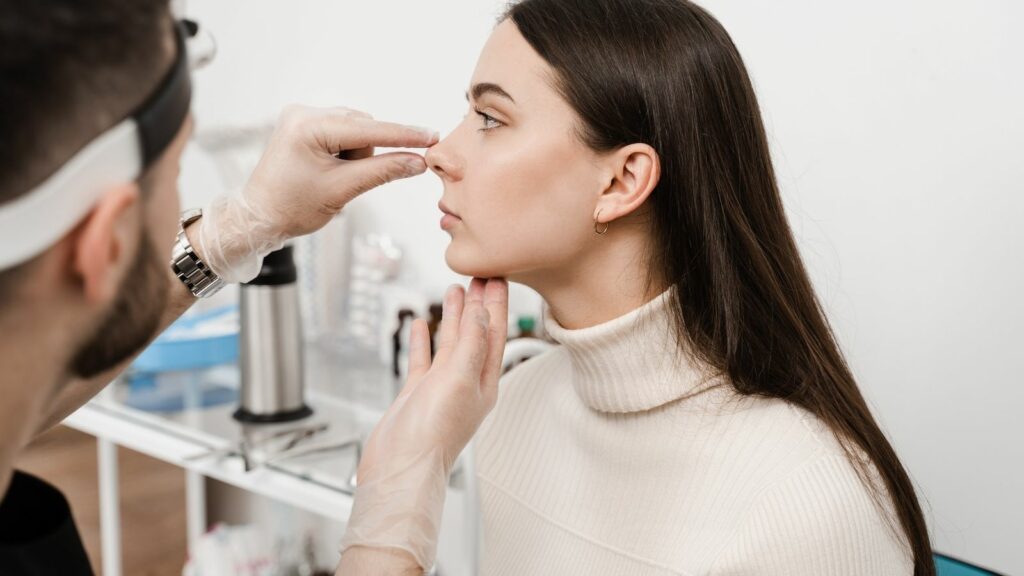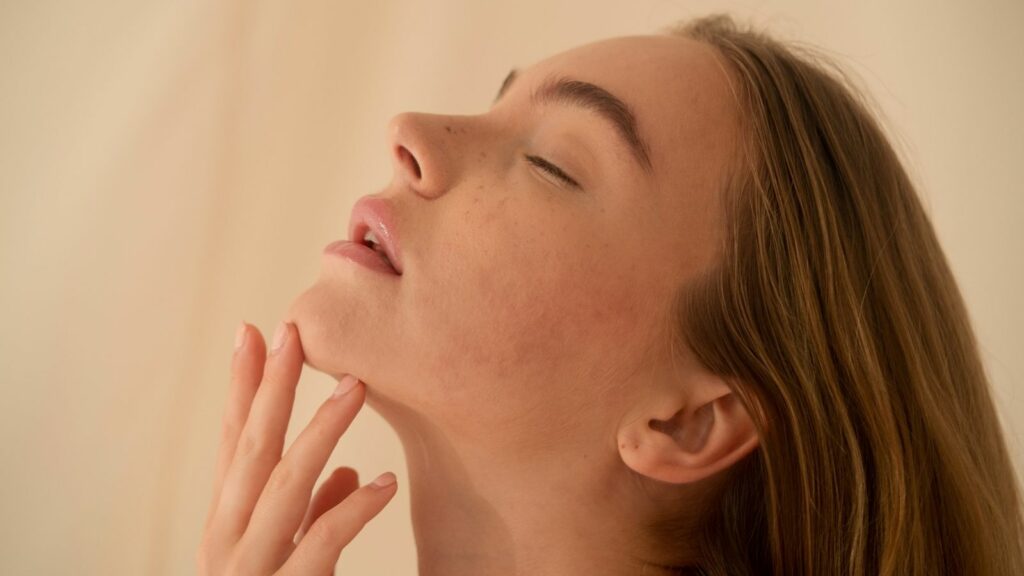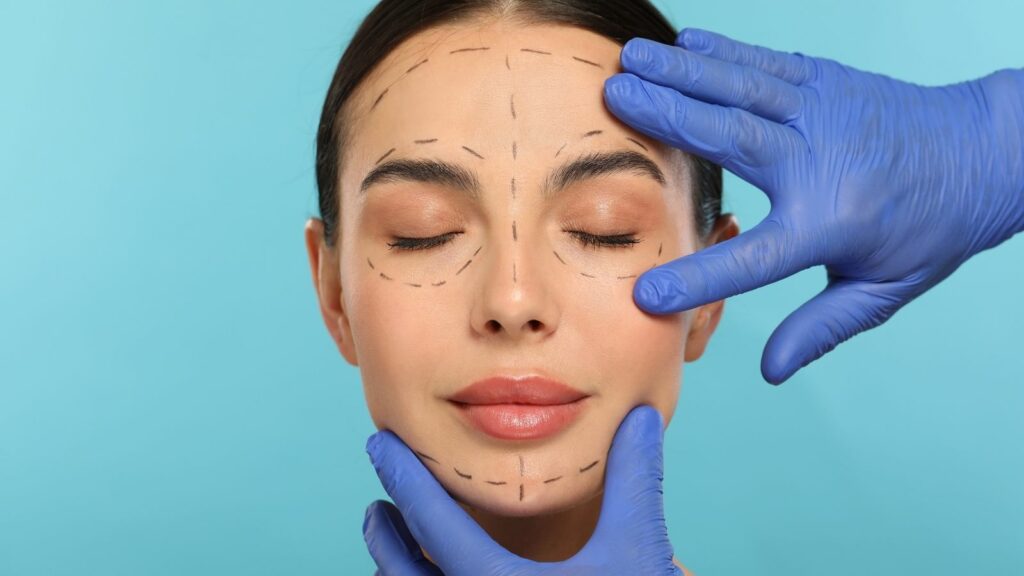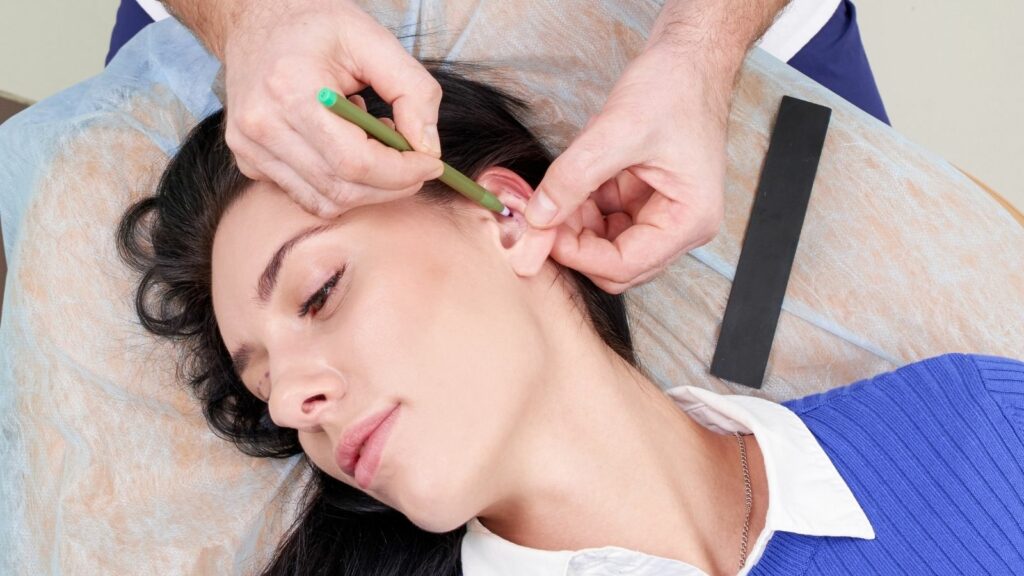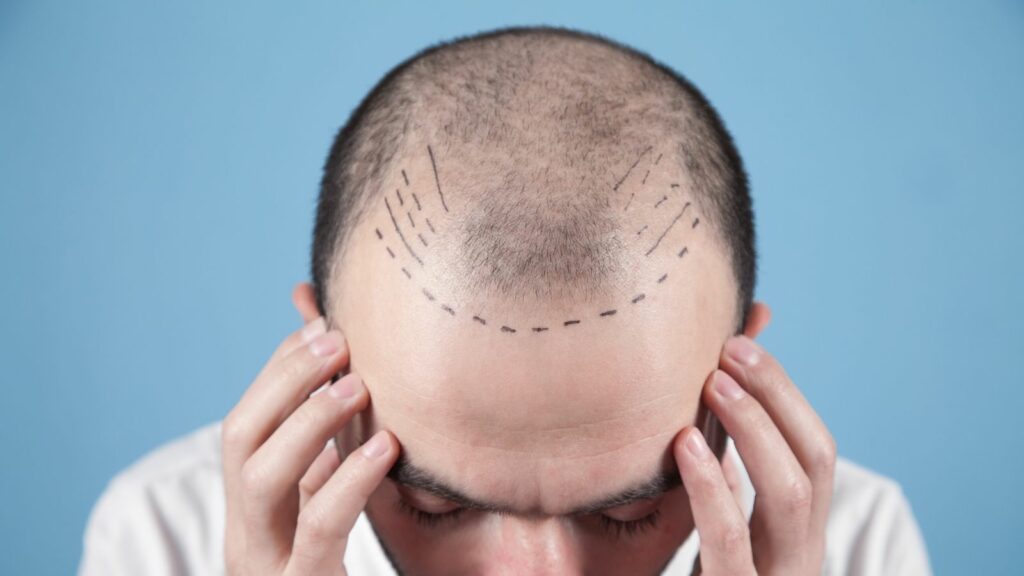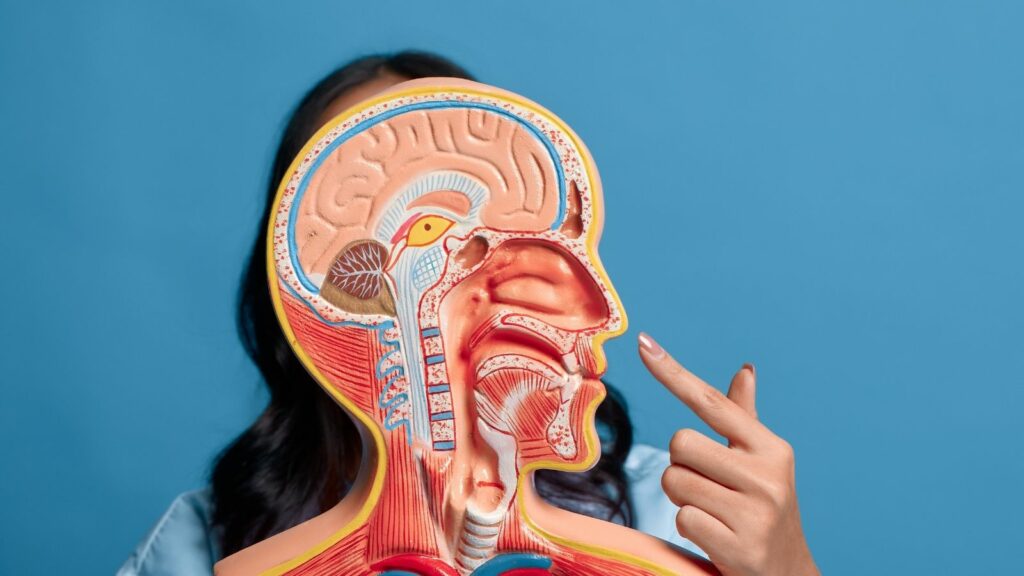Nose shapes and types vary depending on genetic factors and ethnic characteristics. In aesthetic surgery, each nose type requires different techniques and is evaluated in terms of facial harmony.
Among the most common nose types are the humped nose, drooping nasal tip, wide nostrils, and asymmetric nose. These structures directly affect a person’s facial expression.
Nose types determine not only aesthetic appearance but also functional features. The structure of the nostrils can affect airflow and breathing function.
In rhinoplasty planning, the person’s existing nose type and facial structure are taken into account to achieve natural and proportional results. Thus, both functional and aesthetic harmony are ensured.
What Are the Nose Shapes?

Nose shapes differ according to genetic and ethnic characteristics and are important factors considered in aesthetic surgery. The most common nose types are as follows:
- Straight Nose: The nasal bridge is straight, balanced, and proportional.
- Humped Nose: A prominent bump is found on the nasal bridge.
- Upturned Nose: The tip points upward, giving a shorter appearance.
- Drooping Tip Nose: The tip droops downward.
- Crooked Nose: The nose deviates from the midline, often causing breathing difficulties as well.
- Fleshy Nose: Has thick skin structure and a wide tip.
- Thin-Skinned Nose: The underlying structural details can be clearly visible.
- Roman Nose: Slightly humped, strong, and characteristic in appearance.
Why is understanding the structure of the nose so important for successful rhinoplasty?
Rhinoplasty, that is nose aesthetics, means much more than just changing the external appearance. The nose is an organ that manages vital functions such as breathing and has complex internal balances. A successful surgery should improve the aesthetic appearance of this delicate structure while preserving—and even enhancing—its functional integrity.
We can compare the nose’s structure to a building with a foundation, walls, and a roof. When you knock down a wall or change the slope of the roof, the balance of the whole structure is affected. The nose is exactly the same. Even the smallest change in one part inevitably affects the others. That’s why simply “shaving down” a hump is not enough; when the hump is removed, the resulting new situation must be supported, and the nose must be rebalanced as a whole.
The fundamental structures of the nose, considered during surgery planning, are as follows:
- Bony Roof
- Upper Lateral Cartilages
- Lower Lateral Cartilages (Nasal Tip Cartilages)
- Nasal Septum (Central Wall)
- Skin and Soft Tissue Envelope
Each of these parts has its own role. While the bony roof provides strength to the nasal bridge, the elegance and definition of the nasal tip depend on the shape and strength of the lower lateral cartilages. The septum, the central wall, acts as a pillar keeping the external axis straight while keeping the airway open. The skin covering this skeleton is the final and most critical layer, determining how visible the changes will be from the outside. Thick skin may conceal the underlying fine details, while thin skin can reveal even the smallest irregularity. This is why surgical planning must take all these layers into account.
What defines a beautiful nose and how is facial harmony evaluated?
In aesthetic surgery, there is no such thing as an “ideal” or “perfect” nose; instead, there is a “harmonious” and “natural” nose. The goal is not to impose the same nose model on everyone, but to create a result that harmonizes with the person’s facial features, gender, age, and even character. This is the philosophy of modern rhinoplasty: to seek harmony rather than perfection.
Certain aesthetic principles, used by artists and anatomists for centuries, serve as guides in evaluating this harmony. For example, when viewed from the front, a smooth and continuous curve running from the inner part of the eyebrows down to the nasal tip (the brow-tip aesthetic line) creates a pleasing sense of symmetry. In terms of facial proportions, the width of the nasal base is generally expected to be similar to the distance between the inner corners of the eyes.
From the side, angles become important. Measurements such as the “nasofrontal angle” between the forehead and nasal bridge, or the “nasolabial angle” between the nasal tip and the upper lip, help analyze how upturned the nose appears or how naturally it begins. However, these are not strict rules but guidelines. The key is to use these proportions as a starting point and shape the final goal according to the patient’s individual facial structure and personal expectations. Sometimes, a nose of normal size may appear large because the chin is smaller or recessed. In this case, achieving harmony may require addressing not only the nose but also the chin.
What are the most common nose shapes?
Although every nose is unique, there are certain types often seen in patients seeking surgery for aesthetic concerns. Knowing these types makes it easier to understand the problem and its solution. Some of the most frequently mentioned nose types during consultation include:
- Humped Nose (Roman/Aquiline Nose)
- Hawk Nose
- Bulbous Tip Nose
- Wide Nose
- Flat Nose
- Crooked Nose
- Upturned/Celestial Nose
- Fleshy Nose
What is a humped nose and what is the surgical approach?
A humped nose is defined by a prominent bump on the nasal bridge, formed by bone and/or cartilage. It is one of the most common reasons for rhinoplasty. The main goal of surgery is to carefully remove this hump to create a straighter or gently curved, natural profile line. This process involves carefully rasping or removing bone and cartilage with special instruments.
However, there is an important nuance here: not every hump is truly an excess that needs to be removed. Sometimes we encounter what we call a “pseudo-hump.” In this case, the problem is not an overly high bridge but rather a very low radix (starting point of the nose) or a very low nasal tip. This illusion makes the bridge look humped. Correct diagnosis is crucial because it completely changes the treatment plan. A real hump requires reduction, while a pseudo-hump requires augmentation by filling deficient areas. This highlights the importance of the surgeon’s experience and diagnostic skills.
How are hawk nose and drooping tip corrected?
A hawk nose resembles a humped nose but usually has a sharper, more downward curve and a pointed, drooping nasal tip. This appearance can give the face a harsh and aged look. The surgical approach aims to soften these sharp lines, straighten the nasal bridge, and most importantly, lift and reshape the drooping tip to the proper angle. Lifting a drooping tip not only provides aesthetic improvement but also eliminates complaints such as the tip moving further downward while smiling. In these cases, providing strong cartilage support (graft) to the nasal tip is critical to ensure long-lasting results.
Why does a bulbous nasal tip occur and how is it refined?
Commonly described as “ball-like” or “bulbous,” this condition refers to a nasal tip that looks disproportionately large, wide, round, and undefined compared to other facial features. Several anatomical factors can cause this appearance, including:
- Overly large or outwardly curved lower lateral cartilages.
- A wide distance between the peaks of the cartilages.
- Thick and oily skin covering the nasal tip.
Surgical correction requires a personalized plan targeting these underlying causes. Open rhinoplasty is often preferred, as it provides full access to the cartilages. The surgeon reshapes the cartilages, narrows and refines them by using permanent sutures, and provides structural support with cartilage grafts taken from the septum if the cartilages are weak or the skin is too thick. These grafts help create a sharper and more elegant definition and prevent the nasal tip from drooping over time under the weight of thick skin.
How does ethnicity affect rhinoplasty planning?

Rhinoplasty requires cultural sensitivity. Nose shapes reflect geographic and genetic heritage. Therefore, modern rhinoplasty embraces the concept of “ethnic rhinoplasty,” which respects each individual’s ethnic identity and aims to enhance aesthetics while preserving personal characteristics, rather than imposing a single beauty ideal. The goal is to avoid a “surgical” look that erases identity and instead achieve a natural result that enhances facial features. Different ethnic noses have distinct anatomical traits:
- Middle Eastern Noses: Usually characterized by thick, oily skin, a high humped bridge, and a low or drooping nasal tip. Surgery typically aims to naturally reduce the hump and lift/support the tip.
- Asian Noses: Generally have a flatter bridge, weak and small cartilages, and a wide nasal tip. Surgery usually involves augmentation, using the patient’s rib or ear cartilage to raise the bridge and tip.
- African Noses: Very thick skin, a wide nasal base and nostrils, a flat bridge, and a broad tip with weak cartilages are typical features. Surgery involves supporting the bridge and tip with grafts and narrowing the nostrils with “alarplasty.”
- Hispanic/Latino Noses: A very diverse group. Thick skin, wide and low tip are common, but the bridge may be either humped or flat. Surgical approach is completely individualized based on these subtypes.
- Caucasian Noses: Typically known for thinner skin, narrower and higher bridges, and stronger cartilage structures. Rhinoplasty in this group often involves reduction and reshaping.
What are the main differences between open and closed rhinoplasty?
Rhinoplasty is performed with two main approaches depending on how the surgeon accesses the nasal skeleton. Neither approach is absolutely superior; the correct choice depends on the patient’s needs.
- Open Rhinoplasty: In this technique, a small, usually “inverted V” incision is made on the columella, the tissue strip separating the two nostrils. This allows the nasal skin to be lifted entirely, exposing all bone and cartilage structures directly. This gives the surgeon a unique field of vision and working comfort. It is especially preferred in complex cases, when significant tip reshaping is needed, in revision surgeries, and when precise cartilage graft placement is required. It leaves a small scar that becomes almost invisible once healed.
- Closed Rhinoplasty: In this technique, all incisions are made inside the nostrils, so there are no visible external scars. It usually results in less swelling and a slightly faster recovery process. However, the surgeon’s field of vision and working space are more limited. Therefore, it is more suitable for simpler corrections, such as removing small humps or making minor tip adjustments.
Why is septoplasty often performed together with rhinoplasty?
Septoplasty is the procedure to correct the deviation of the septum, the wall separating the nasal airways. This deviation can obstruct airflow, causing chronic nasal congestion, snoring, and even headaches.
Since the septum is also the central supporting column of the nose, a deviation almost always results in an external deviation or asymmetry as well. As one rhinoplasty pioneer famously said, “As the septum goes, so goes the nose.” Therefore, to permanently straighten an externally crooked nose, the underlying deviated septum usually must be corrected first. This combined surgery, called “septorhinoplasty,” solves both aesthetic and functional issues simultaneously, allowing the patient to achieve both better breathing and a more balanced-looking nose with a single operation and recovery period.
What is the most important step in the rhinoplasty journey?
Rhinoplasty is not an instant transformation but a process requiring careful planning, surgical execution, and patience. Having realistic expectations is critical for ultimate satisfaction. Post-surgery swelling and bruising are normal and largely subside within a few weeks. However, it may take 6 months to a year—or sometimes longer—for the nose to fully take its final shape and for all tissues to settle. Patience is one of the most important parts of this journey.
Yet, the most important and critical step throughout the process is undoubtedly choosing the right surgeon. Rhinoplasty is not a standard procedure; it is a highly delicate operation redesigned for each patient, requiring both scientific knowledge and artistic vision. Your surgeon must possess not only technical skills but also refined aesthetic judgment and a deep understanding of different nose types and anatomies.
The consultation process is the best opportunity to make this choice. A good surgeon listens carefully to your goals, performs a comprehensive analysis, explains the limitations and potential risks of the surgery honestly, and helps set realistic expectations. A surgeon you feel comfortable with, can communicate openly with, and most importantly, trust, is the key to success in this personal and significant journey.

